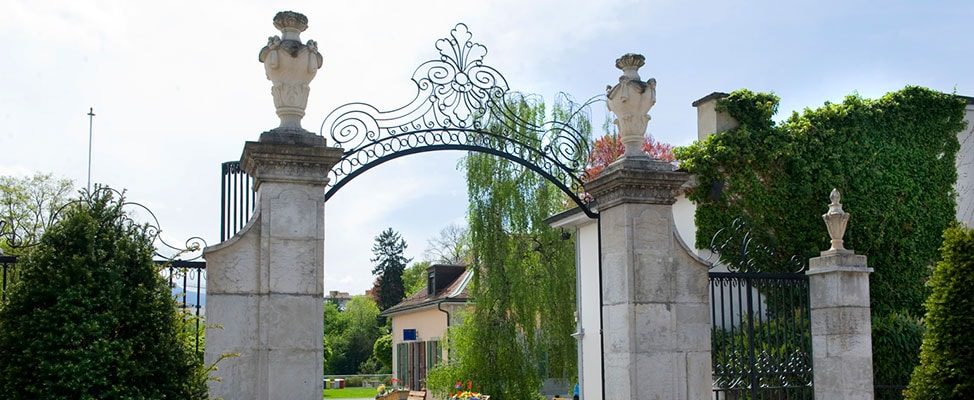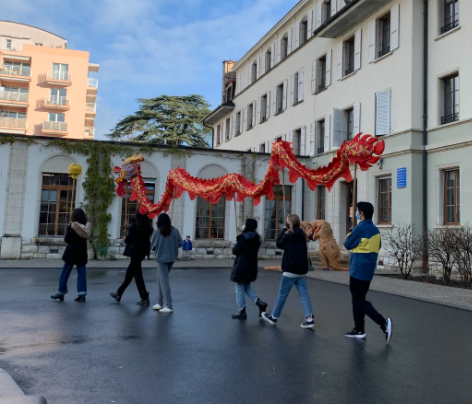By Sabine Ebanks, year 12
On the 4th of March 2022, an article was published in the American business magazine Bloomberg Businessweek titled “Elite International Schools Have a Racism Problem” (linked here). The piece discussed the systematically racist hiring practices at many international schools and discusses the issue of an international education that forces students to fit into “White, Western, and English-speaking” ideals of excellence. Ecolint features towards the end of the article, as an example of a school that has an “almost unmatched pedigree” in the world of elite schools, and also a significant racism problem.
The article first highlights a lack of diversity in the school’s teaching staff, citing statistics gathered by parents that suggest in 2020, only 5% of the teaching staff at two of the campuses were teachers of color, with merely two Black faculty members. The piece then goes on to discuss a variety of “egregious” incidents that go quite firmly against the “celebration of diversity” that Mr. de Wilde has said is in the “school’s DNA”. These include a 2020 video that mocked the death of George Floyd, as well as demeaning teacher responses to anti-racist campaigns from students, including one teacher who allegedly called students presenting on what it is like to be a student of color at Ecolint “brats”.
The allegations made in the Bloomberg piece came as a shock to some in the Ecolint community but were all too unsurprising to others. The Express spoke to a variety of students and teachers on their thoughts on the issue.
The student response, in general, was mixed: many felt that the issues addressed were relevant to the school, but that some of the criticism of the teaching body was misplaced. Antoine Liang, year 12, said “I feel like this is written in a very biased way”. There were many who did not believe the article was directly about LGB but rather focused on the other two campuses of Ecolint. With regards to the statements made about teachers’ dismissal of racism, one anonymous student said “I don’t think that would happen at LGB.”
With regards to the issue of a lack of teachers of color at Ecolint, many agreed that the faculty could be more diverse. Emma Merluzzi, year 12, justified the article, saying that “The reason the school is held to such a high standard is because they praise [diversity] all the time.” However, another student disagreed, saying that “Ecolint should have one focus in mind, making sure that their students do as well as possible on their IB. So it is only logical that faculty should be hired based on their teaching and nothing else.” Whether or not students agree, though, it is clear that the school is making an effort to hire a more diverse teaching staff; Dr. Hawley was quoted in the article as saying that “We would like as a minimum goal that the teachers who teach our students have a similar composition as the students they are serving,” and the article mentions that “changes to the recruitment process have resulted in an 11% increase in diversity in its teaching staff, according to the school.”
Meanwhile, the teachers we spoke to felt that the Bloomberg piece’s portrayal of the faculty was unfair. One teacher said that “We are all being tarred and feathered with the same brush. I find it quite difficult to stomach. I don’t believe that LGB is necessarily diverse enough, but it is certainly not as undiversified as this article leads readers to believe. And to say that faculty is not on board with stamping out racism, it’s a sort of criticism of everybody without asking individuals what they do about it and how they treat it in the classroom. And I think there are a number of individuals here who are making a difference. The school is being paid a serious disservice by tarnishing everyone in the same manner.”
Ultimately, whether the Bloomberg article is fair to Ecolint or not, it has certainly caused many to reconsider the issue of systematic racism within the school. And, as seen from the experiences of some former Ecolint students highlighted in the piece, it is clear that a significant reckoning on how the school community deals with racial discrimination is needed.



